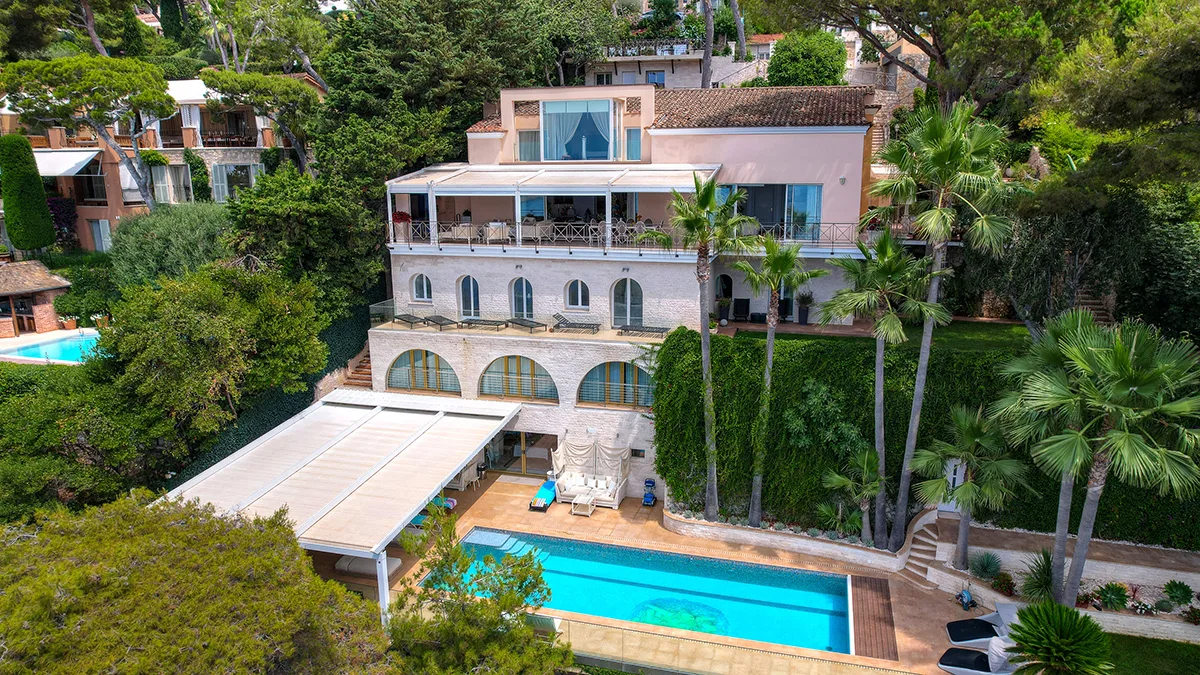French Second Homes: A Complete Guide to Capital Gains Tax Abatement in 2025
Selling a second home in France comes with specific tax obligations that many property owners find complex to navigate. Understanding how capital gains tax works on secondary residences is crucial for anyone looking to sell their French property, as the tax implications can significantly impact your final proceeds. The French tax system includes a unique abatement structure that reduces your tax liability over time, making it essential to grasp these rules before putting your property on the market. Whether you’re a French resident or an international owner, knowing the ins and outs of capital gains tax on second homes will help you plan your sale strategically and maximize your returns.
Get one year Free Listings!
Subscribe to our newsletter and get 1 year listings + XML imports for free and enjoy a 100% discount on all listing placement packages, no strings attached!

Understanding French Second Home Capital Gains Tax
When you sell a second home in France, any profit you make from the sale is subject to capital gains tax. Unlike your primary residence, which benefits from a complete exemption, secondary properties including vacation homes, rental properties, and investment real estate are taxed on the difference between the purchase price and the sale price. This taxation applies to both French residents and non-residents, though some specific rules may vary depending on your residency status.
The capital gains tax on second homes in France consists of two components: income tax at a flat rate of 19% and social charges at 17.2%, bringing the total tax rate to 36.2%. This combined rate applies to the net capital gain after deductions and abatements have been calculated. The French government designed this system to generate revenue from property transactions while also encouraging longer-term property ownership through progressive tax reductions.
How the Tax Abatement System Works in France
The French capital gains tax system includes an abatement mechanism that reduces your taxable gain based on how long you’ve owned the property. This abatement applies differently to the income tax portion and the social charges portion, creating two separate calculation timelines. The longer you hold your property, the more significant the reduction becomes, eventually leading to complete exemption after a certain number of years.
For the income tax portion (19%), the abatement works as follows: 6% per year from the 6th to the 21st year of ownership, and 4% for the 22nd year. This means you achieve complete exemption from income tax after 22 years of ownership. For social charges (17.2%), the abatement is: 1.65% per year from the 6th to the 21st year, 1.60% for the 22nd year, and 9% per year from the 23rd to the 30th year. Full exemption from social charges is only reached after 30 years of ownership.
Calculating Your Capital Gains Tax Liability
Calculating your capital gains tax starts with determining the net taxable gain. You begin with the sale price and subtract the original purchase price, including notary fees and registration costs. From this figure, you can deduct certain expenses such as improvement costs (with proper documentation), agent fees for the sale, and any diagnostics required for the transaction. The resulting amount is your gross capital gain before any abatements are applied.
Once you have your gross capital gain, you apply the appropriate abatement percentages based on your ownership duration. The calculation must be done separately for the income tax portion and the social charges portion since they follow different abatement schedules. After applying these reductions, you multiply the remaining taxable gain by 19% for income tax and 17.2% for social charges to arrive at your total tax liability. It’s worth noting that if your capital gain exceeds €50,000, an additional surtax may apply on a sliding scale.
Exemptions and Reductions You Should Know About
Several exemptions can reduce or eliminate your capital gains tax obligation on a second home in France. The most significant exemption applies to your primary residence, which is completely exempt from capital gains tax regardless of the profit made. If you’re selling a property that was your main home at any point, you may qualify for this exemption, but the property must have been your principal residence up until the point of sale or within a specific timeframe before the sale.
Other notable exemptions include properties sold for less than €15,000, which are exempt from capital gains tax entirely. First-time sellers who haven’t owned a principal residence in the previous four years may also benefit from an exemption when selling a second property, provided they use the proceeds to purchase a main home within two years. Additionally, retirees or disabled individuals with modest incomes may qualify for exemptions under certain conditions. French residents selling properties within the European Union can also benefit from these rules, though non-residents face more limited exemption options.
Practical Examples of Second Home Tax Scenarios
Consider a scenario where you purchased a second home in France 15 years ago for €200,000 and are now selling it for €300,000. Your gross capital gain would be €100,000. With 15 years of ownership, you’d have an abatement of 54% (9 years x 6%) for income tax and 14.85% (9 years x 1.65%) for social charges. Your taxable gain for income tax would be €46,000 (€100,000 – 54%), resulting in €8,740 in income tax. For social charges, your taxable gain would be €85,150, resulting in €14,646 in social charges, for a total tax of €23,386.
In another example, if you owned the property for 25 years, the calculation changes dramatically. The income tax abatement would be 100% (complete exemption after 22 years), meaning zero income tax owed. For social charges, you’d have an abatement of 27.4% (16 years x 1.65% + 1.60% + 3 years x 9%), leaving a taxable gain of €72,600 and social charges of €12,487. This demonstrates how holding a property longer significantly reduces your tax burden. These examples assume no additional deductible expenses beyond the purchase price, which in reality could further reduce your taxable gain.
Navigating the French capital gains tax system for second homes requires careful attention to detail and proper planning. The abatement structure rewards long-term ownership, making it advantageous to consider your holding period before selling. By understanding how the tax calculations work, what exemptions you might qualify for, and how to properly document deductible expenses, you can significantly reduce your tax liability. Whether you’re approaching the 22-year mark for income tax exemption or the 30-year threshold for complete exemption, timing your sale strategically can make a substantial difference in your net proceeds. Always consider consulting with a tax professional familiar with French property law to ensure you’re taking advantage of all available deductions and exemptions specific to your situation.






Join The Discussion